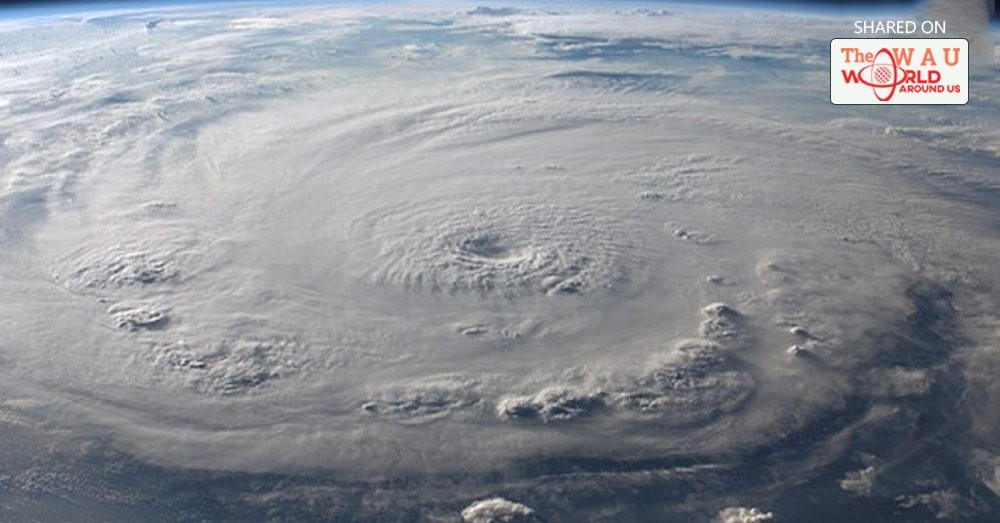A team of scientists has discovered disruptions in regular wind patterns in the Earth's atmosphere.
The quasi-biennial oscillation, which is the normal flow of air high up in the atmosphere above the equator, changes direction and strength regularly every 28 to 29 months like clockwork. This regular cycle provides forecasters with an indication of the weather to expect in northern Europe.
But in February this year, scientists from the National Center for Atmospheric Science (NCAS) at the University of Oxford in the U.K. and the Met Office found that the quasi-biennial oscillation broke down from its regular pattern. The quasi-biennial oscillation is a regular feature of the Earth's climate system, and on average, these equatorial winds alternately go eastward and westward every 28 to 29 months. Westerly winds are known to bring warm and wet conditions, while easterly winds bring dry and cold weather.
But the researchers have observed that the eastward winds in the upper atmosphere unexpectedly reversed to a westward direction. Seasonal forecasts were not able to predict the disruption even if the quasi-biennial oscillation is considered the most predictable long-term atmospheric variation after the annual cycle.
The researchers also discovered that the unexpected disruption in wind direction was caused by atmospheric waves in the Northern Hemisphere, as detailed in their study published in Science journal.
"The recent disruption in the quasi-biennial oscillation was not predicted, not even one month ahead," Scott Osprey, an NCAS scientist at the University of Oxford, said in a statement. "If we can get to the bottom of why the normal pattern was affected in this way, we could develop more confidence in our future seasonal forecasts."
According to Adam Scaife, head of long-range forecasting at the Met Office, the disruption could permanently switch the cycle of the quasi-biennial oscillation and could influence weather.
Typical behavior is expected to return next year, but scientists believe more disruptions of the same nature could occur as the climate warms.
Share This Post














